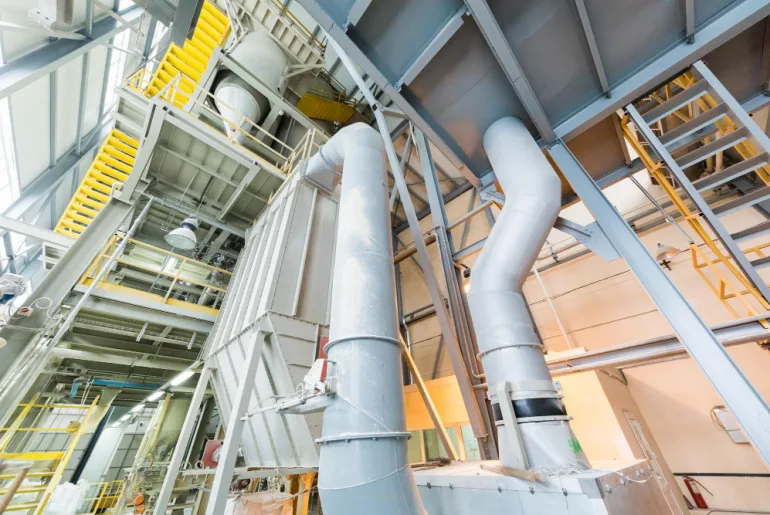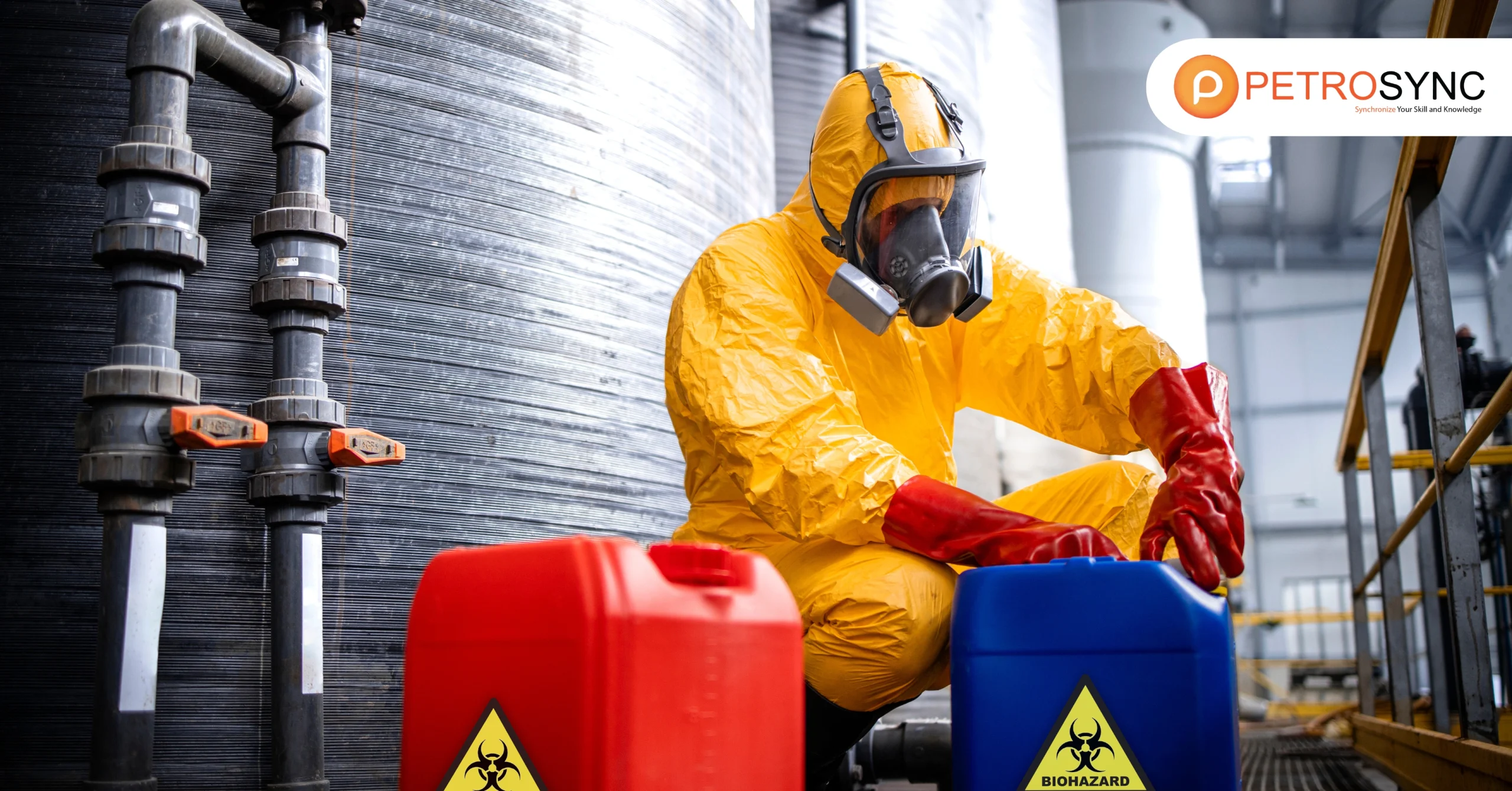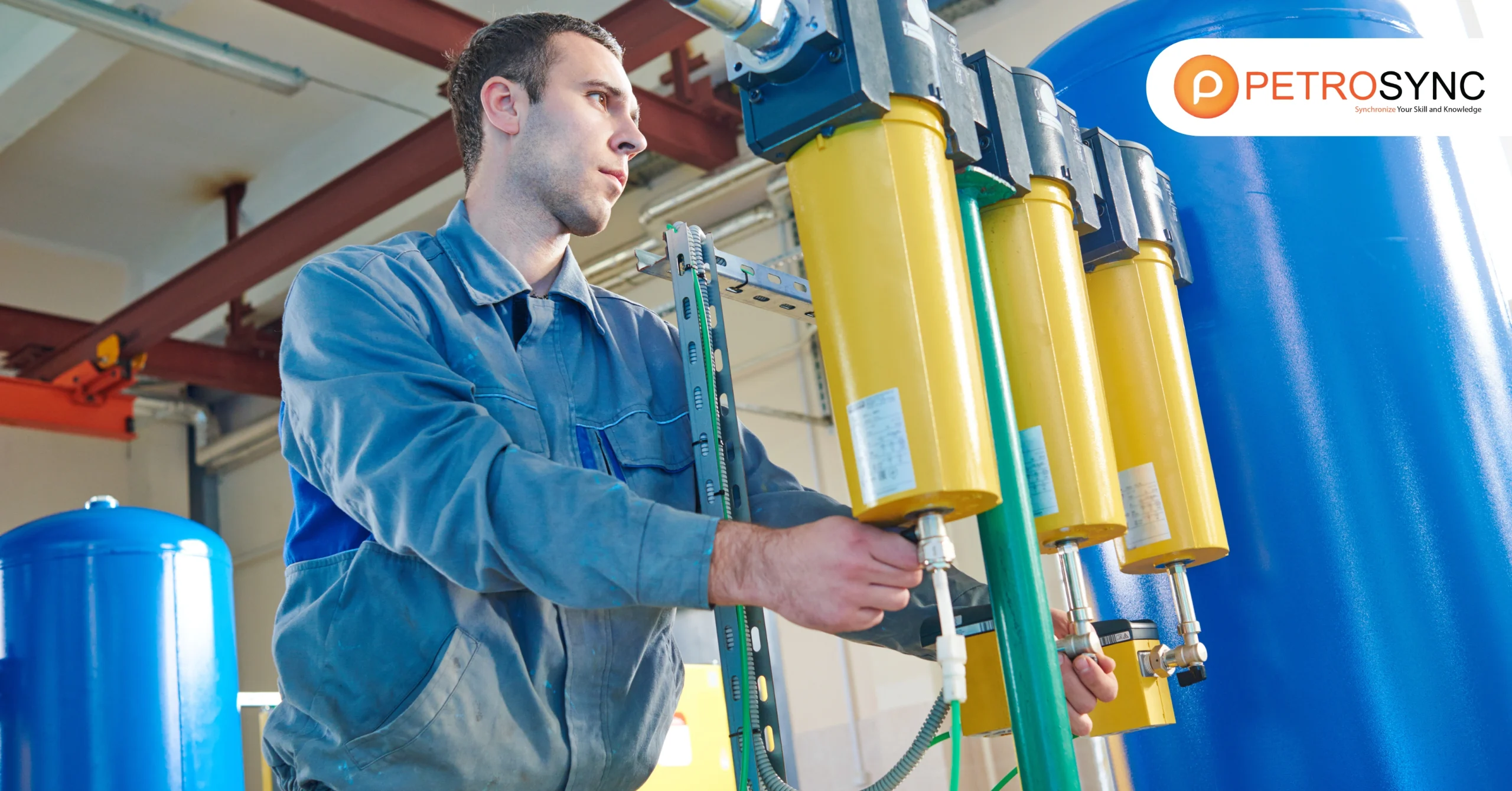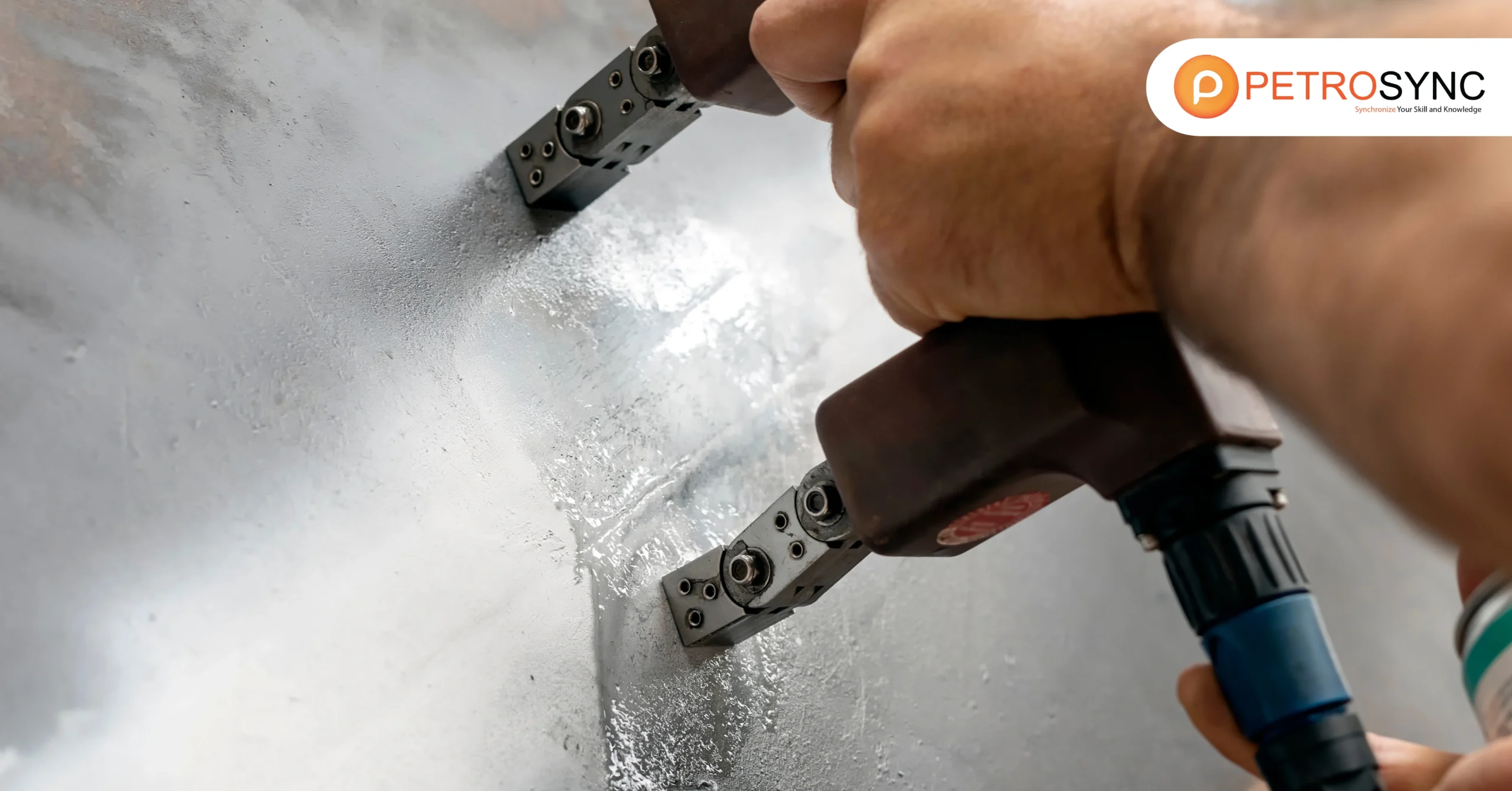ASME PCC-2 is a standard created by the American Society of Mechanical Engineers that outlines safe and effective guidelines for repairing pressure equipment and piping systems. The standard covers a range of repair methods such as welding, mechanical repairs, composite repairs, and bolted connections. ASME PCC-2 is widely used in industries such as oil and gas, chemical, and power generation.
What Is ASME PCC-2 Latest Edition Update?
The latest edition of ASME PCC-2 (Repair of Pressure Equipment and Piping) is the 2022 edition published on September 2, 2022. Here is the overview of the information included in this edition:
1. Scope and General Requirements
This section provides an overview of the standard and outlines the general requirements for repairs, including safety considerations and quality assurance.
2. Repair Planning and Design
The second section covers the planning and design process for repairs, including evaluating the extent of damage, selecting repair methods, and designing the repair.
3. Repair Materials
Repair materials section discusses the materials used for repairs, including composites, adhesives, coatings, and metal alloys.
4. Repair Methods
The next section covers various repair methods, including composite repairs, weld repairs, and bolted connections.
5. Repair Execution
In the repair execution section, the topic covers the execution of repairs, including preparing the surface, applying repair materials, and performing quality control.
6. Testing and Inspection
This section covers the testing and inspection of repairs, including nondestructive testing (NDT), destructive testing, and visual inspection.
7. Documentation and Reporting
The seventh section covers the documentation and reporting requirements for repairs, including keeping records of inspections, repairs, and tests.
It should be emphasized that the summary provided is only a brief overview of the standard. ASME PCC-2 contains more comprehensive information and requirements. It is recommended to consult the standard directly for complete and current information.
What Is ASME PCC-2 Training Course Objective?
ASME PCC-2 is a widely used standard for repairing pressure piping and equipment. Many large companies have adopted these procedures into their specifications. PetroSync’s 3 days ASME PCC-2 training course aims to introduce this standard and its basic concepts, philosophy, and repair procedures to attendees. The discussion of the limitations and advantages/disadvantages of each procedure mentioned in the standard, case studies, and relevant examination will also be held in the class.
What Is ASME PCC-2 Training Course Outline?
On Day 1, attendees will learn about welded repairs, including butt-welded insert plates, weld overlay to repair internal thinning, and welded leak box repairs. They will also learn from our instructor about detailed repair methods and inspection techniques for repairs covered by ASME PCC-2.
Below are some of the topics covered by PetroSync’s ASME PCC-2 on Day 1:
- Introduction and Overview of ASME PCC-2
- Scope, Organization, and Intent
- Applicability and limitations of repair methods covered by ASME PCC-2
- Choosing the correct repair technique for given defects
- Repair procedure and NDT of insert plate repair
- Weld Overlay to Repair Internal Thinning
- Pre-qualified repairs
- Burst testing method
- Welded Leak Box Repair
- Fabrication of Welded box
- Examination and testing
On Day 2, the course focuses on different repair techniques and methods for piping systems, with topics ranging from full encirclement steel reinforcing sleeves to alternatives to post weld heat treatment and traditional welding preheat. The detailed course outline is listed below:
- Full Encirclement Steel Reinforcing Sleeves for Piping
- Type A and Type B sleeves and their applicability
- Weld Buildup, Weld Overlay, and Clad Restoration
- Examination and Testing
- Fillet Welded Patches
- Alternatives to Postweld Heat Treatment
- Alternatives to Traditional Welding Preheat
- Threaded or Welded Plug Repairs
- Flaw Excavation and Weld Repair
- Mechanical Repairs (Non-welding repairs)
- Mechanical Clamp Repair
- Freeze Plugs
- Damaged Threads in Tapped Holes
On Day 3, the focus is on the inspection and repair of shell and tube heat exchangers, including tube count and plugging. It also includes topics such as pipe straightening, pneumatic testing, and nondestructive examination. The detailed course outline is as follows:
- Inspection and Repair of Shell and Tube Heat Exchangers
- Inspection Tube count
- Tube plugging
- Mechanical Plug
- Friction Plugs
- Examination and Testing
- Hot bolting
- Half Bolting
- Flange Repair and Conversion
- Pipe Straightening or Alignment Bending
- Pressure and Tightness Testing of Piping and Equipment
- Pneumatic Testing-Do’s and Don’ts
- Nondestructive Examination in Lieu of Pressure Testing for Repairs and Alterations
- Relevance of ASME PCC-2 Standard with API 510 and API 570 Codes
- 8 Nos of case studies/ exercises demonstrating the use of every important topic from the standard. (relevant case study will be taken up after completion of the chapter daily)
Is There Any ASME PCC-2 Certification Issued by ASME?
Currently, ASME does not offer a certification program for ASME PCC-2. However, attending the 3 days training course is still crucial and important. Engineers involved in the design, construction, operation, and maintenance of pressure vessels and piping systems can benefit from PetroSync’s ASME PCC-2 Repair of Pressure Equipment training course since the guidelines help ensure that in-field equipment strictly follows industry best practices and complies with relevant codes and standards.
Who Should Attend ASME PCC-2 Training Course?
The training course is intended for but not limited to maintenance engineers, as well as design, operations, and inspection professionals who work with equipment such as pressure vessels, heat exchangers, process columns, drums, piping, and similar items.
- Design Engineers or Managers
- Mechanical Engineers or Managers
- Maintenance Engineers or Managers
- QAQC Engineers or Managers
- Inspection Engineers or Managers
- Reliability Engineers or Managers
By joining PetroSync’s ASME PCC-2 training course, it is expected that all involved engineers can collaborate and find solutions to problems and issues related to temporary and permanent repairs of equipment and piping at the site. Enhance your repair of pressure equipment knowledge and skill by learning the fundamentals and practical things with PetroSync!

SEO specialist by day, fact-checker by night. An avid reader and content writer dedicated to delivering accurate and engaging articles through research and credible sources.







